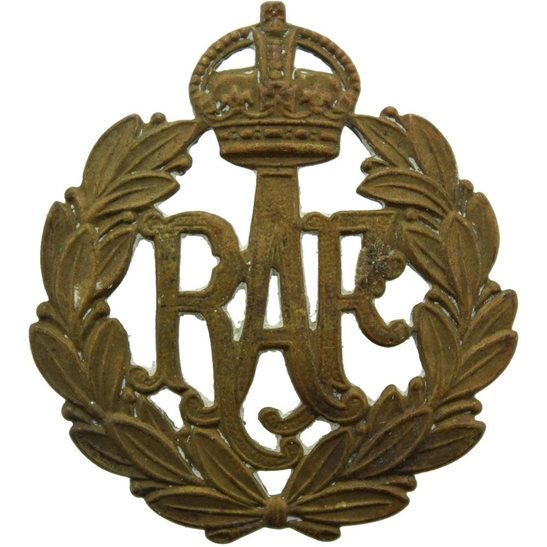Personal Details
Born: 25 July 1874 in Wales (the birth was registered in Holywell, Flintshire, although this is not the exact location in the census records). His surname is also recorded as Hancocks.
Family: He was the fourth of five children to William Hancock, a coachman, and his wife Ann. He married Emma Whittaker on 8 April 1908 in Whitchurch, Shropshire and together they had five children – Elizabeth Ann, Emma, May, Mary and Samuel.
Residence: His birth was registered in Holywell, Flintshire, Wales. By 1881 the family were living at 41 Newtown, Whitchurch, Shropshire. In 1891 James was living as a servant at Moorfields, Tilstock Road, Whitchurch. By 1901 he was back with his family at 48 Bargates, Whitchurch. Having married, in 1911 he was living at 32 Yardington with his wife, 2 young children and mother-in-law; this was the address shown in the 1919 Absent Voters’ Register. By 1939 the family had moved to 36 Yardington where he died.
Employment: In 1891 he was a servant; in 1901 and 1911 his occupation was recorded as a groom. In 1939 he was an ironwork construction labourer.
Died: In 1955 and was buried in Whitchurch Cemetery on 12 April 1955.
Military Details
Regiment: Royal Air Force (previously Royal Flying Corps and Army Service Corps)
Rank: Not known
Service Number: 127938 (previously in ASC R14/069221)
Date of Enlistment: 22 July 1915
Date of Discharge: 20 November 1920
Reason for Discharge: Completion of service
James was awarded the Campaign Medals (British War Medal and Victory Medal).

The British War Medal (also known as 'Squeak') was a silver or bronze medal awarded to officers and men of the British and Imperial Forces who either entered a theatre of war or entered service overseas between 5th August 1914 and 11th November 1918 inclusive. This was later extended to services in Russia, Siberia and some other areas in 1919 and 1920. Approximately 6.5 million British War Medals were issued. Approximately 6.4 million of these were the silver versions of this medal. Around 110,000 of a bronze version were issued mainly to Chinese, Maltese and Indian Labour Corps. The front (obv or obverse) of the medal depicts the head of George V. The recipient's service number, rank, name and unit was impressed on the rim.
The Allied Victory Medal (also known as 'Wilfred') was issued by each of the allies. It was decided that each of the allies should each issue their own bronze victory medal with a similar design, similar equivalent wording and identical ribbon. The British medal was designed by W. McMillan. The front depicts a winged classical figure representing victory. Approximately 5.7 million victory medals were issued. Interestingly, eligibility for this medal was more restrictive and not everyone who received the British War Medal ('Squeak') also received the Victory Medal ('Wilfred'). However, in general, all recipients of 'Wilfred' also received 'Squeak' and all recipients of The 1914 Star or The 1914/1915 Star (also known as 'Pip') also received both 'Squeak' and 'Wilfred'. The recipient's service number, rank, name and unit was impressed on the rim.

